When Do Kids Lose Their Front Teeth? A Parent’s Guide to Understanding Primary Tooth Loss
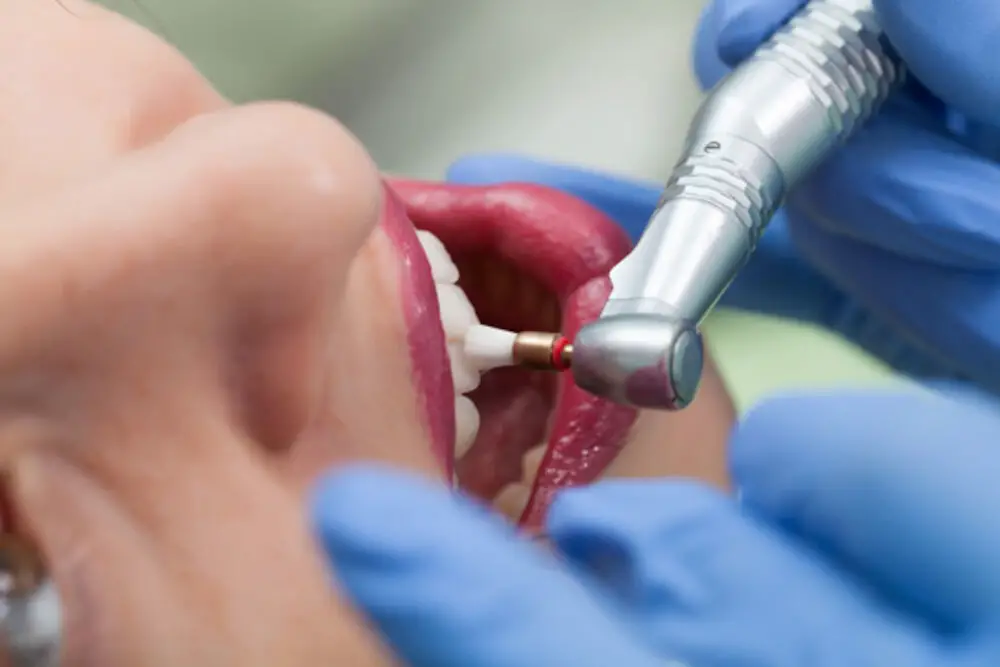
As parents, we often wonder about the milestones our children will reach as they grow up, and losing their primary teeth is one of them. It is a significant event in a child’s life, and as a parent, you might be curious about when it will happen and what to expect. Understanding the process of primary tooth loss can help alleviate any concerns you may have and prepare you and your child for this exciting stage of development. The timing of primary tooth loss can vary from child to child, but it typically starts around the age of six or seven. This process is a natural part of the growth and development of your child’s teeth as their primary teeth are replaced with permanent teeth. While it’s a significant milestone and an exciting time for your child, it’s also important to be aware of potential issues that may arise during this process, such as overcrowding, cavities, and dental trauma. By understanding the process of primary tooth loss, you can help ensure that your child has a healthy and positive experience during this exciting stage of their life.
Understanding primary tooth loss is essential for parents as it can help them prepare their children for the changes they will experience as they grow. Primary tooth loss is a natural process that occurs between the ages of 4 to 7, and it is an important milestone in a child’s development. Losing primary teeth can affect a child’s speech, ability to chew, and can even impact their self-esteem. Parents who understand primary tooth loss can help their children cope with these changes by providing comfort, reassurance, and guidance. Additionally, understanding primary tooth loss can also help parents take preventative measures to ensure that their child’s permanent teeth grow in properly. By being knowledgeable about primary tooth loss, parents can help their children navigate this important stage in their development with confidence and ease.
Primary tooth loss, also known as exfoliation, is a natural process that occurs in children as they grow and develop. This process typically begins around the age of six and continues until the age of twelve, with most children losing their front teeth between the ages of six and eight. The process of primary tooth loss is initiated by the resorption of the roots of the baby teeth, which causes the teeth to become loose and eventually fall out. Once the primary teeth have fallen out, they are replaced by permanent teeth, which will continue to develop and erupt throughout the child’s adolescence. Parental guidance and support during this process can help children cope with the physical and emotional changes that come with losing their baby teeth.
The Timeline of Primary Tooth Loss
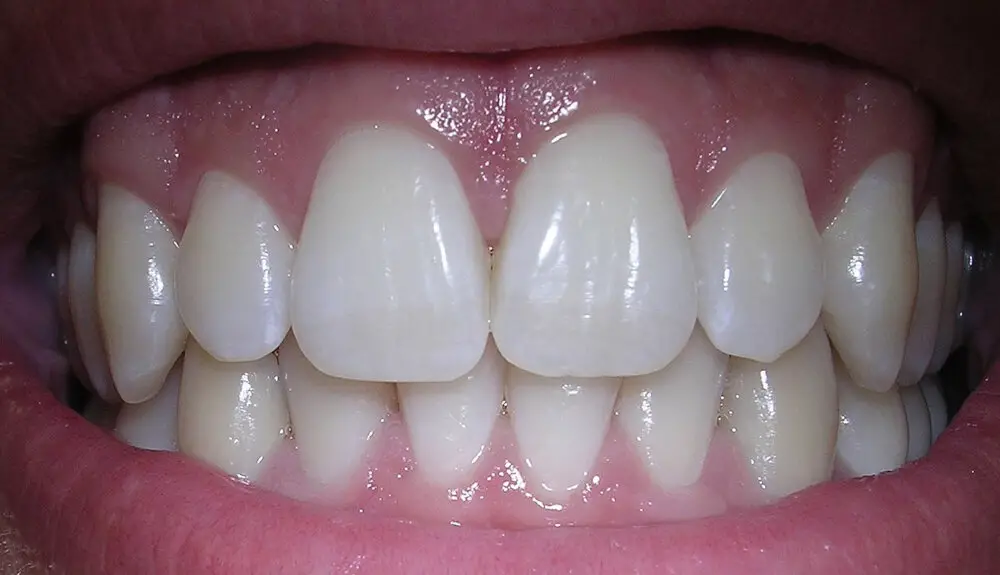
Primary tooth loss, also known as baby teeth loss, is an essential milestone in a child’s development. The timeline for primary tooth loss can vary from child to child, but it typically begins around the age of 6 or 7. The first teeth to fall out are usually the lower front teeth, followed by the upper front teeth. By the age of 12 or 13, most children have lost all of their primary teeth, making way for their permanent teeth to come in. The process of primary tooth loss can be exciting for children, as they eagerly anticipate the arrival of their permanent teeth. However, it can also be a bit daunting for parents who may be unsure of what to expect. It’s important to note that primary tooth loss is a natural and necessary part of a child’s dental development. As the primary teeth fall out, the permanent teeth begin to emerge, eventually filling in the gaps left behind. Parents can help ease the transition by encouraging good dental hygiene habits and providing gentle support and reassurance throughout the process.
The average age of tooth loss can vary depending on a child’s development. Typically, children will begin to lose their primary teeth around the age of six or seven, with the front teeth being the first to go. However, some children may experience tooth loss as early as four years old, while others may not lose their first tooth until they are eight or nine. It is important for parents to monitor their child’s oral development and to consult with a pediatric dentist if they have any concerns. Additionally, parents should educate their children on proper oral hygiene practices to ensure their remaining teeth stay healthy until their permanent teeth come in.
The sequence and timing of primary tooth loss can vary between children, and may not always follow a specific pattern. Generally, the front teeth are the first to go, with the lower central incisors typically being the first to fall out around age six or seven. However, some children may lose their teeth earlier or later than this. Additionally, the order in which teeth are lost can also vary, with some children losing multiple teeth at once, while others may have a slower, more gradual progression. It’s important for parents to keep in mind that these variations are perfectly normal and nothing to be concerned about.
The timeline for tooth loss in children can vary due to several factors. Genetics plays a significant role, as some children may have teeth that fall out earlier or later than average. The age at which primary teeth erupted can also impact the timeline, with teeth that erupt later tending to fall out later. Additionally, dental hygiene and habits such as thumb-sucking can affect the health of the teeth and gums, potentially causing premature tooth loss. Injuries or trauma to the mouth can also result in the loss of primary teeth, which may require treatment by a dental professional. Overall, while there is a general timeline for primary tooth loss, individual factors can influence when a child’s teeth fall out.
Signs That Your Child is About to Lose a Tooth

Primary tooth loss is a natural part of a child’s growth and development, and it’s important for parents to understand the signs that their child is about to lose a tooth. One of the most obvious signs is when the tooth becomes loose and starts to wiggle. This is usually caused by the permanent tooth growing underneath the primary tooth and pushing it out. Children may also experience some pain or discomfort as the tooth becomes looser, and they may be more prone to biting their cheek or tongue. Another sign that a child is about to lose a tooth is a change in their eating habits. As the tooth becomes looser, it can be more difficult for the child to chew certain foods, and they may start to avoid foods that require more effort to eat. Additionally, some children may experience a slight swelling or redness around the gum line as the tooth begins to come out. Parents should encourage their child to gently wiggle the tooth to help it come out naturally, and they should avoid pulling the tooth out themselves. Overall, understanding the signs of primary tooth loss can help parents prepare their child for this natural process and ensure that they receive proper dental care during this transition.
Physical symptoms of primary tooth loss can vary from child to child. Some children may experience mild pain and discomfort in the gums as the tooth becomes loose, while others may not feel any pain at all. The gum tissue around the tooth may appear red and swollen, and the tooth itself may become slightly crooked or angled as it loosens. In some cases, a small amount of bleeding may occur as the tooth is being lost. It’s important for parents to be aware of these physical symptoms so they can help their child through this natural process with patience and understanding.
As a child reaches the age of six, they may begin to experience behavioral changes related to the loss of their primary teeth. It is common for children to become more self-conscious about their smile as their front teeth begin to loosen and fall out. They may also experience discomfort or pain as their adult teeth begin to push through the gums. Parents can help their child adjust to these changes by providing reassurance and offering solutions, such as offering soft foods or over-the-counter pain relief medication. It is important to remember that this is a natural process and that adult teeth will eventually replace the primary teeth, resulting in a healthy and beautiful smile.
As parents, it can be difficult to watch our children grow up and reach new milestones, including losing their primary teeth. However, preparing for this loss can help alleviate some of the anxiety and stress that can come with it. Encouraging good dental hygiene habits early on, such as brushing and flossing regularly, can ensure that your child’s teeth are healthy and strong before they start to fall out. It’s also important to talk to your child about the process and what to expect, so that they feel informed and prepared. Lastly, making the loss of a tooth into a fun and exciting event, such as the Tooth Fairy visiting, can help your child feel positive and excited about this new stage of their life.
What to Expect During the Tooth Loss Process
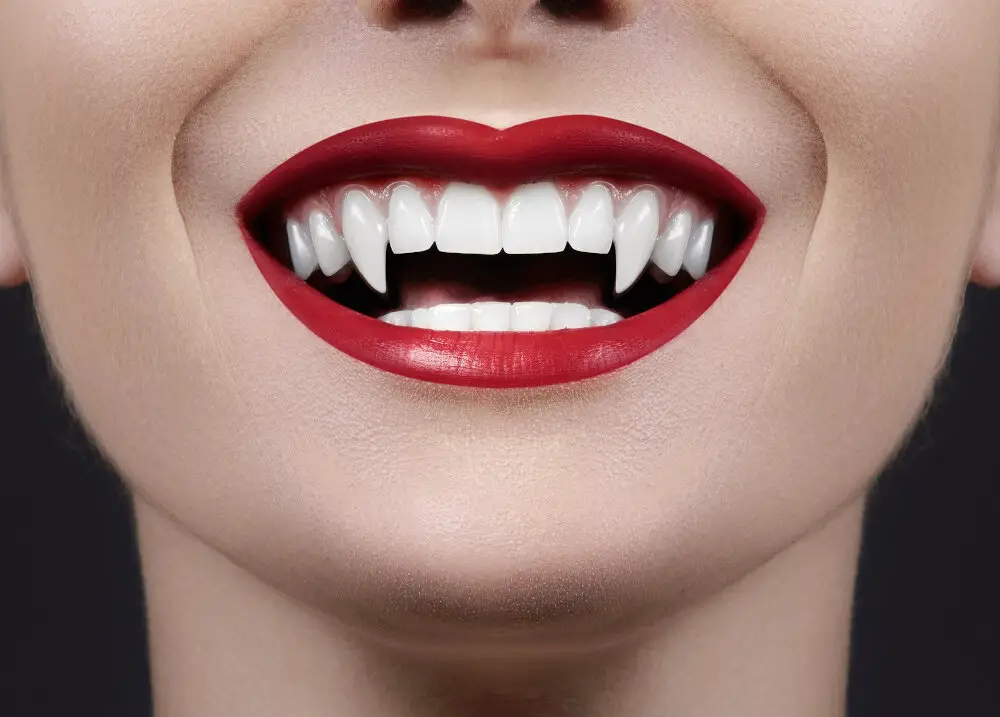
The tooth loss process is a natural part of childhood development that most children go through. The process typically starts around the age of six and continues until the age of twelve. Parents should be aware of what to expect during this process to help their children feel more comfortable and to ensure that their permanent teeth grow in properly. In the beginning, the lower front teeth will be the first to go. These teeth will be replaced by permanent teeth, which will be larger and stronger. The upper front teeth will follow shortly after, and the back teeth will be the last to go. When a child loses their first tooth, it can be an exciting experience. However, it can also be a bit scary or uncomfortable for some children. Parents can help their children by explaining the process to them and reassuring them that it is normal. Children may experience some discomfort when a tooth is loose or when it falls out, but this discomfort should not last long. Parents should encourage their children to wiggle the loose tooth gently to help it come out or to let it fall out naturally. Once the tooth has fallen out, parents should help their children rinse their mouth with warm salt water and provide them with soft foods for a day or two until any discomfort subsides.
The loss of a primary tooth is a natural part of a child’s development, but it can still be an emotional experience for both the child and parent. The actual loss itself can be painless or slightly uncomfortable, but the aftermath can be more challenging. The child may feel self-conscious about their appearance, particularly if the missing tooth is in the front of their mouth. They may also struggle with speaking or eating, particularly if there are multiple teeth missing. As a parent, it’s important to provide comfort and reassurance to your child during this time, and to remind them that their adult teeth will eventually grow in.
Caring for the empty space left by a lost primary tooth is just as important as caring for the tooth itself. The space must be kept clean to prevent infection and decay in the surrounding teeth. Parents should encourage their children to brush the area gently and thoroughly, and to avoid touching it with their tongue or fingers. Additionally, parents should consider discussing with their child’s dentist the possibility of using a space maintainer to prevent adjacent teeth from shifting into the empty space. By properly caring for the empty space left by a lost tooth, parents can ensure their child’s oral health remains on track.
As primary teeth start to loosen and eventually fall out, there are potential complications that parents should be aware of. These include bleeding, swelling, and infection around the area where the tooth fell out. Additionally, if a child accidentally swallows a tooth, it could cause choking or digestive issues. If any of these complications occur, it is important to seek dental attention immediately. In some cases, a dentist may need to remove any remaining fragments of the tooth or provide antibiotics to prevent infection. By being aware of these potential complications and seeking prompt dental attention, parents can help ensure their child’s oral health and overall well-being.
Helping Your Child Cope with Tooth Loss
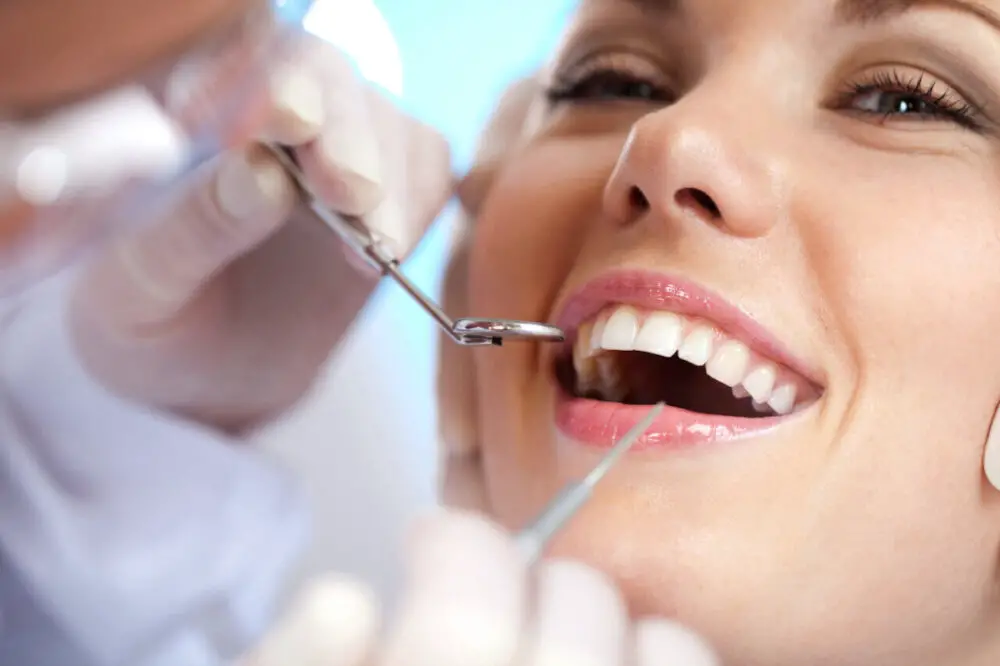
Tooth loss can be a challenging experience for any child. It can be a painful process, and the loss of a tooth can be quite emotional. As a parent, it’s important to be there for your child and help them cope with this change. One way to do this is by reassuring them that losing baby teeth is a natural part of growing up. Encourage them to talk about their feelings and be supportive as they navigate this new experience. You can also make it fun by creating a tooth fairy tradition or offering rewards for each lost tooth. By being positive and supportive, you can help your child feel more comfortable with the process of losing teeth. Another way to help your child cope with tooth loss is by teaching them good oral hygiene habits. This includes brushing their teeth twice a day, flossing regularly, and avoiding sugary foods and drinks. By taking care of their teeth, your child can feel empowered and in control of their dental health. Additionally, you can take them to the dentist for regular check-ups and cleanings to ensure their teeth are healthy and strong. By teaching your child the importance of good oral hygiene, you can help them maintain a healthy smile for years to come.
Losing teeth can have a significant emotional impact on both children and adults. For children, losing their front teeth can be a rite of passage into the next stage of development, but it can also be a source of anxiety and insecurity. Children may feel self-conscious about their appearance, especially if they are teased by their peers. Fear of pain during the tooth loss process can also cause anxiety. For adults, losing teeth can be a source of embarrassment and shame, especially if it affects their ability to eat, speak or smile confidently. It can also lead to feelings of aging and loss of vitality. Regardless of age, losing teeth can be a difficult experience, but with the right support and understanding, the emotional impact can be minimized.
As a parent, it’s important to support your child during the transition of losing their primary teeth. One strategy is to provide a comforting environment and reassurance that losing their teeth is a natural process. Another strategy is to encourage good oral hygiene habits, such as brushing and flossing regularly, to ensure healthy permanent teeth grow in. You can also offer soft foods and cool beverages to soothe any discomfort and avoid sticky or hard foods that can damage the loose teeth. Additionally, involving your child in the tooth fairy tradition can make the experience more exciting and positive. Overall, providing emotional and practical support can make this milestone in your child’s development a positive experience.
Losing primary teeth is an exciting milestone for kids, and parents can make it even more fun and memorable with some creative celebrations. A tooth fairy pillow or box is a classic tradition, but parents can also get creative with personalized notes or certificates from the tooth fairy. A special meal, such as a \toothless\ dinner with soft foods, can also be a fun way to celebrate. Parents can also incorporate crafts, such as making tooth fairy doors or creating a scrapbook to document the lost teeth. Whatever the celebration may be, it’s important to make the child feel special and proud of this milestone moment in their life.
Losing primary teeth is a natural and exciting part of a child’s growth and development. It typically begins around the age of six and continues until the age of twelve. The process of primary tooth loss is essential to make space for permanent teeth to grow in their place. Parents should be aware of the signs of primary tooth loss, including loose teeth, bleeding gums, and a wiggling sensation in the mouth. It’s important to encourage proper oral hygiene habits during this time, such as brushing and flossing regularly. While losing primary teeth can be a bit uncomfortable for children, it’s a necessary step in their journey towards a healthy and beautiful smile.
As parents, it can be easy to get caught up in the end result and forget about the journey it takes to get there. When it comes to understanding primary tooth loss and when kids lose their front teeth, it’s important to embrace the process. Your child’s dental health is a journey, not a destination. By encouraging them to take care of their teeth and teaching them about the process of losing their baby teeth, you can help them develop healthy habits that will last a lifetime. It’s important to remember that every child is different and will experience tooth loss at their own pace. Embrace the process and enjoy watching your child grow and develop into a healthy, happy adult with a beautiful smile!
In conclusion, understanding primary tooth loss is an important aspect of parenting. Knowing when and how your child’s teeth will fall out can help you prepare them for the process and ensure their dental health. It’s important to remember that every child is unique and may experience tooth loss at different ages. If you have concerns or questions about your child’s dental development, don’t hesitate to consult with a pediatric dentist. There are also many helpful resources available online and in print that provide additional information on primary tooth loss and dental care for children. By staying informed and proactive, you can help your child maintain a healthy and beautiful smile for years to come.
Conclusion
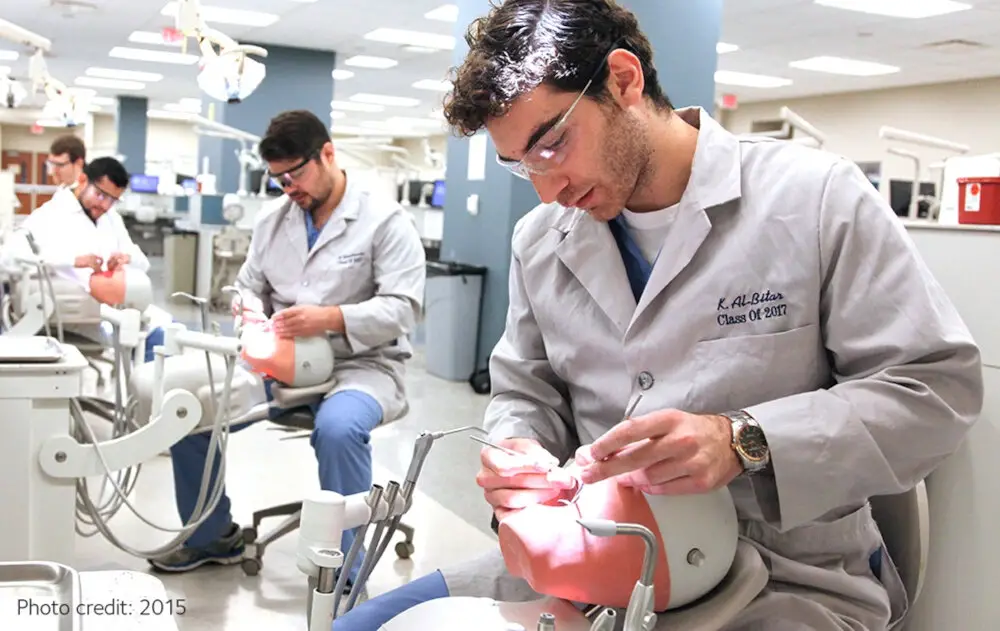
In conclusion, understanding the primary tooth loss process is crucial for every parent to ensure the healthy development of their child’s teeth. Although the timing may vary, losing front teeth is a natural and exciting milestone for kids, indicating their growth and maturity. It is essential to encourage good dental hygiene habits and provide adequate support to your child during this transition period. With proper care and attention, your child’s new permanent teeth will soon grow in, and they will continue to have a beautiful and healthy smile. So, parents, do not worry if your child’s teeth are wiggling or falling out, embrace this significant step in their growth and development with joy and enthusiasm.







